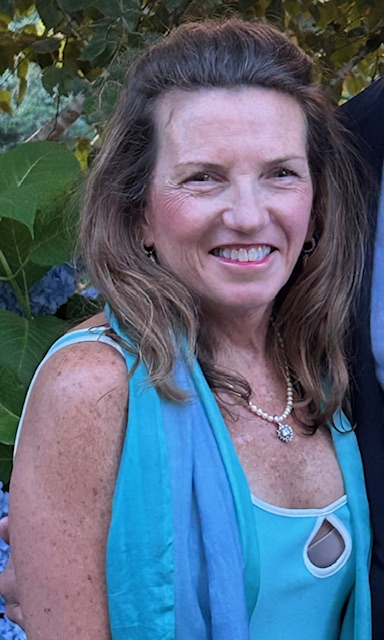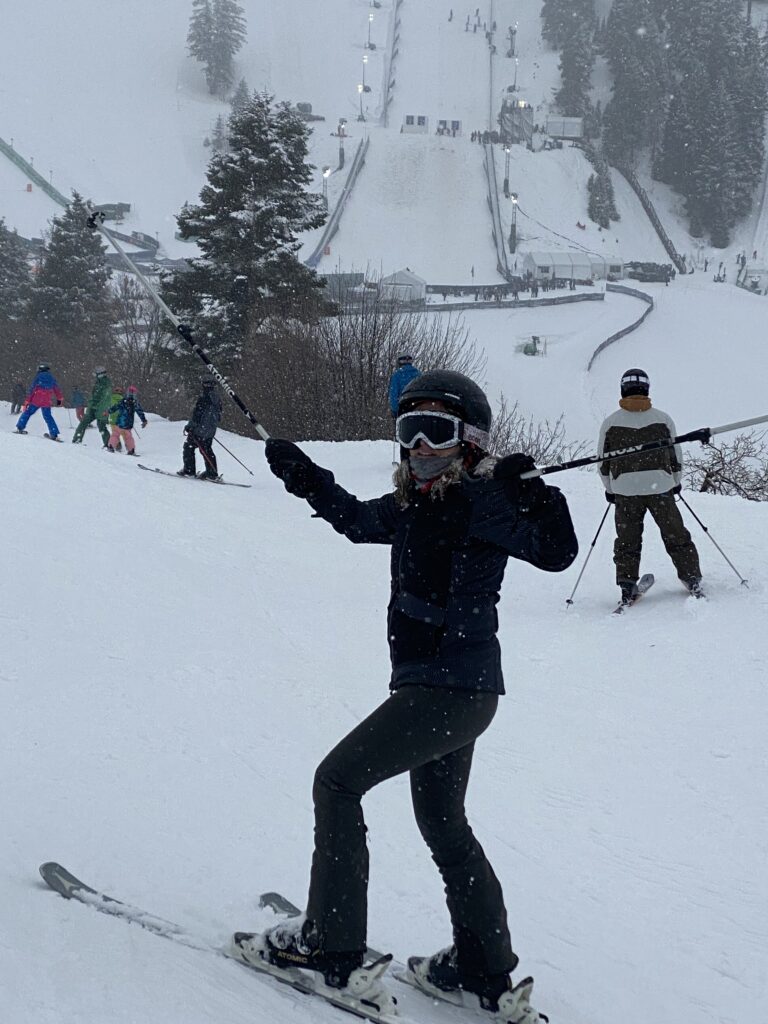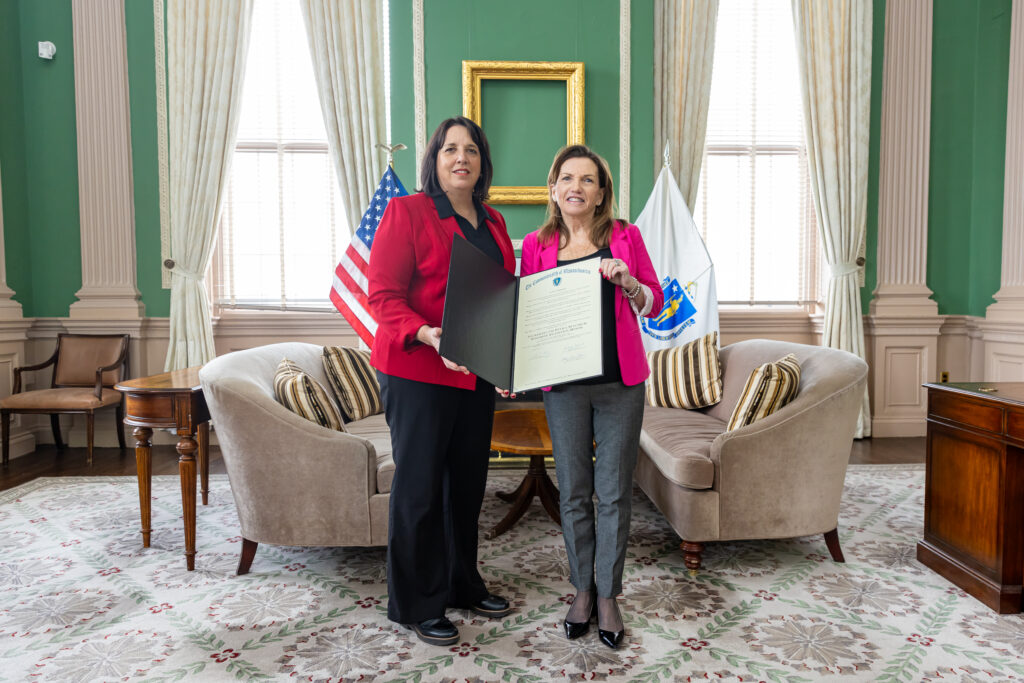
Choose Your Language:
Posted by: The Sumaira Foundation in NMO, Patient, Voices of NMO

September 2021 marked the perfect storm for NMO – a combination of a long-term infection and a viral illness.
During the peak of the COVID lockdown on September 1, 2021, I had basal cells removed from my shin. Although the dermatological procedure required no stitches and typically heals within 4 to 8 weeks, the wound became infected and remained untreated for four months.
On January 20, 2022, just as my wound had finally closed and I had completed my course of antibiotics, I tested positive for COVID.
In February 2022, after recovering from COVID, I never truly felt like myself again. Unusual symptoms began to emerge -tendonitis developed in both feet, making it difficult to walk. Debilitating migraines started occurring, often lasting entire weekends. I also experienced a noticeable loss of appetite.
In March 2022, during the tail end of a weekend-long migraine, I suddenly developed shortness of breath on a Sunday night. I was advised to go to urgent care, where an EKG revealed an irregular heartbeat. I was immediately sent to the ER.

Upon arrival, I was treated as though I were having a heart attack with a full cardiac team was standing by, prepared to take me into surgery. I kept turning to my husband and saying, “They think it’s my heart. It’s inflammation; not my heart!” I knew my inflammation markers had been elevated since my COVID infection, based on bloodwork from February.
Up until that point, I had been a healthy, active 58-year-old, exercising six days a week and maintaining a nutritious diet.
It was quickly determined that I was not having a heart attack, and I was admitted to the hospital on March 3, 2021, for further testing. The results revealed that I had pericarditis (inflammation of the tissue surrounding the heart) and Sjögren’s disease.
At the time, the diagnosis didn’t seem too alarming. Pericarditis was increasingly being linked to COVID or the vaccines, and Sjögren’s didn’t feel like a major concern—I had been managing dry eye for about five years and had joked about my dry mouth even longer. I had also lived with hypothyroidism for 25 years.
From March through May 2022, I followed up with various specialists, including pulmonary, cardiology, and vascular, due to the extensive testing conducted during my diagnosis of pericarditis and Sjögren’s. While I appeared to be regaining strength and all specialist tests were coming back normal, my appetite kept diminishing, and I continued to lose weight.
On May 2, 2022, I reached a breaking point – I couldn’t keep any food down and finally had to admit that something more serious was going on. Due to COVID-related overcrowding, my husband and I were redirected to a different hospital. At the time, we were frustrated by the change, but in hindsight, it was divine intervention. That detour led me to an exceptional rheumatologist who would ultimately diagnose my NMO.
In the ER, doctors immediately focused on my heart due to my history of pericarditis, while also trying to identify the cause of my persistent vomiting and weight loss. After several days of testing and hospitalization, I was diagnosed with gastroparesis.
As I began treatment for gastroparesis and was finally able to eat again (after eight days of surviving only on water), I was visited by the head of rheumatology. He sat down for what seemed like a casual conversation, asking a few general questions. During our chat, I mentioned a strange burning sensation that had started a couple of weeks earlier on my left shoulder blade, extending under my arm and into my left breast. I told him it felt like a chafing sensation, though I’d checked and found nothing visible.
Thank God for the doctor; he listened, connected the dots and suspected something more. He referred me to neurology, had my bloodwork sent to the Mayo Clinic for NMO testing, and ordered a 5-day course of steroids – the first line of treatment for neuromyelitis optica (NMO).
It began with blurry vision and double vision, but within 24 hours, I was unable to walk in a straight line. We went to the ER, and after an MRI revealed new lesions, I was admitted to the hospital. This relapse was far more severe than my initial diagnosis. The doctor prescribed 3 days of steroids, 3 plasmapheresis treatments and started me on a new bi-weekly infusion of Soliris.
When I was discharged 10 days later, I couldn’t walk without a walker, had lost vision in one eye and struggled with hand-eye coordination, making it difficult to cut my food or feed myself. I was unable to drive and couldn’t be left alone, even overnight.
I am endlessly grateful to my sisters and husband, who stayed by my side around the clock and helped me through the most difficult period of my life. After this relapse, I underwent physical therapy, pelvic therapy and occupational therapy. It was a long road (my physical therapy alone lasted a year and a half) but I’m a determined woman, deeply thankful to have received an accurate diagnosis and prompt treatment.
As a result, my long-term prognosis is positive and my NMO symptoms remain minimal. Since May 2024, I’ve been receiving Ultomiris infusions every eight weeks, which have effectively controlled my inflammation for over three years. Thank you, God!
